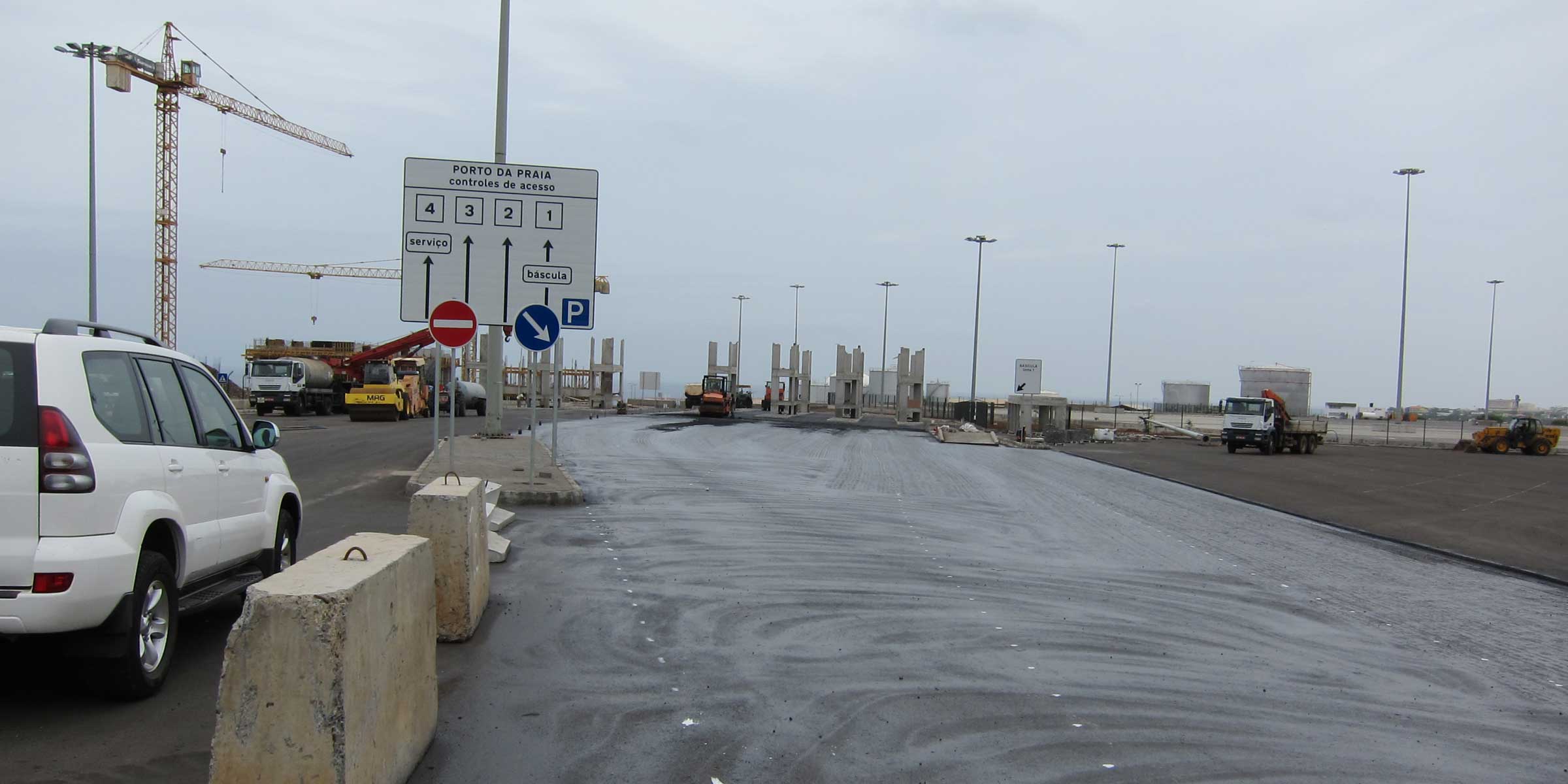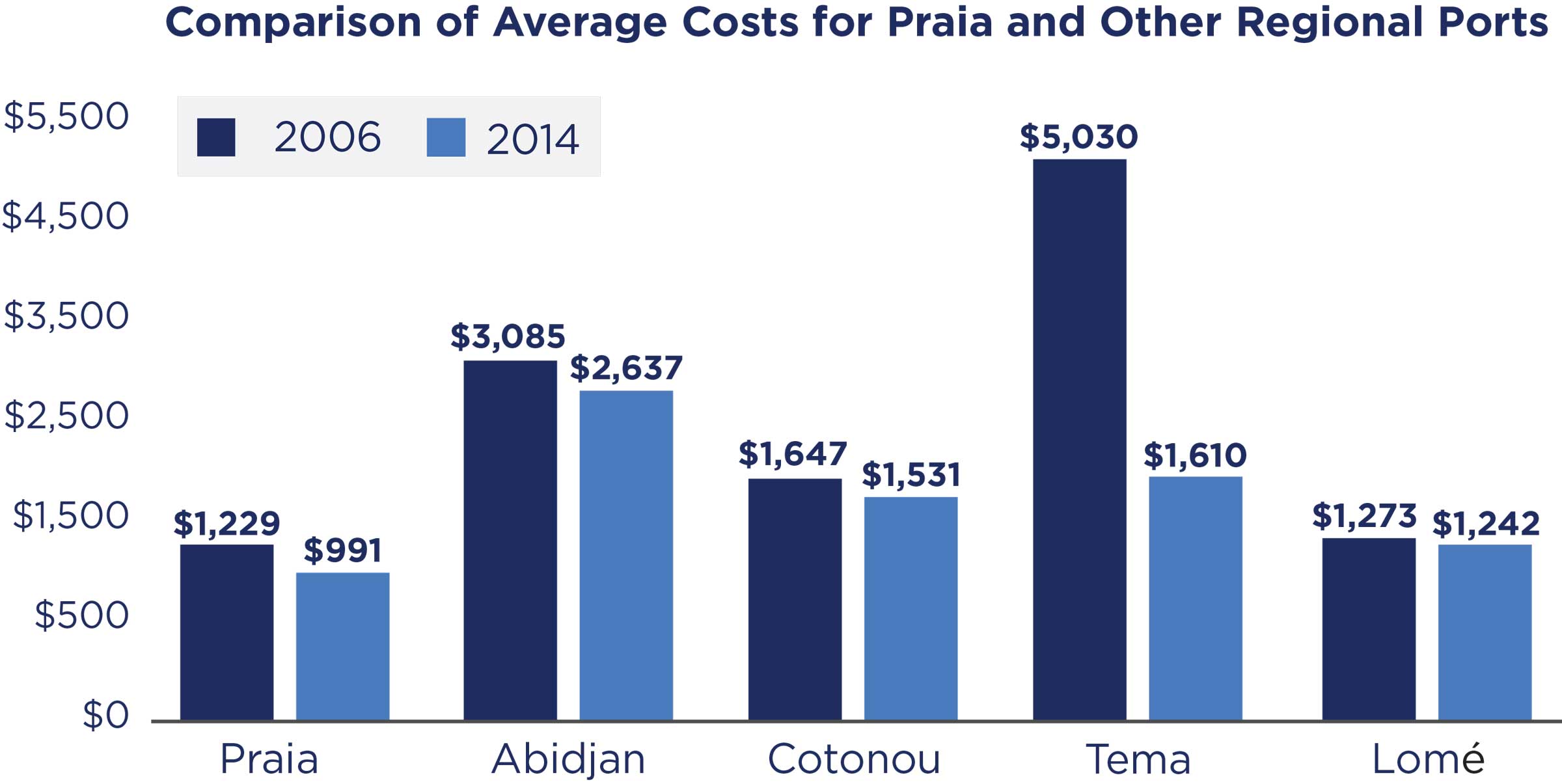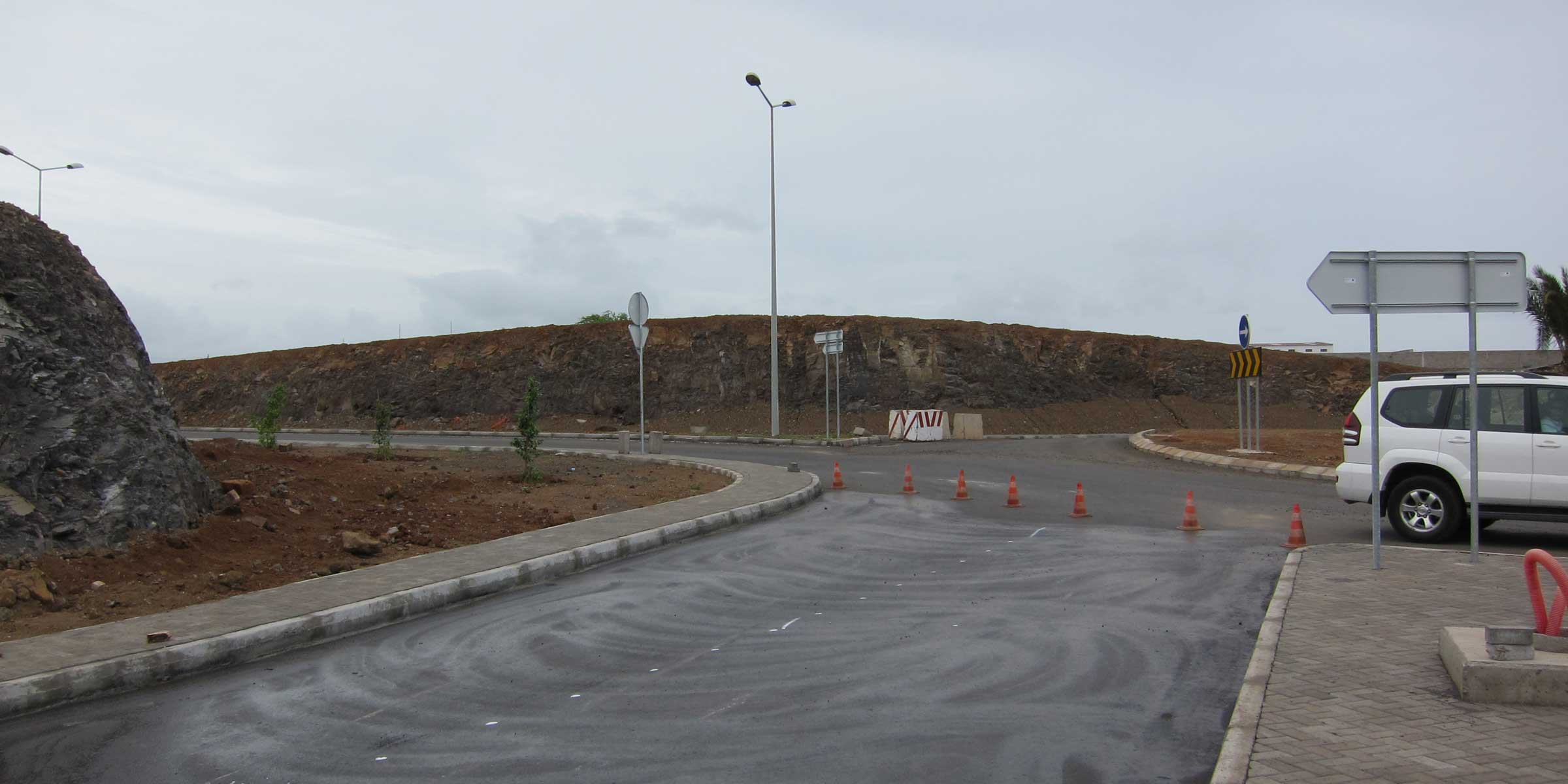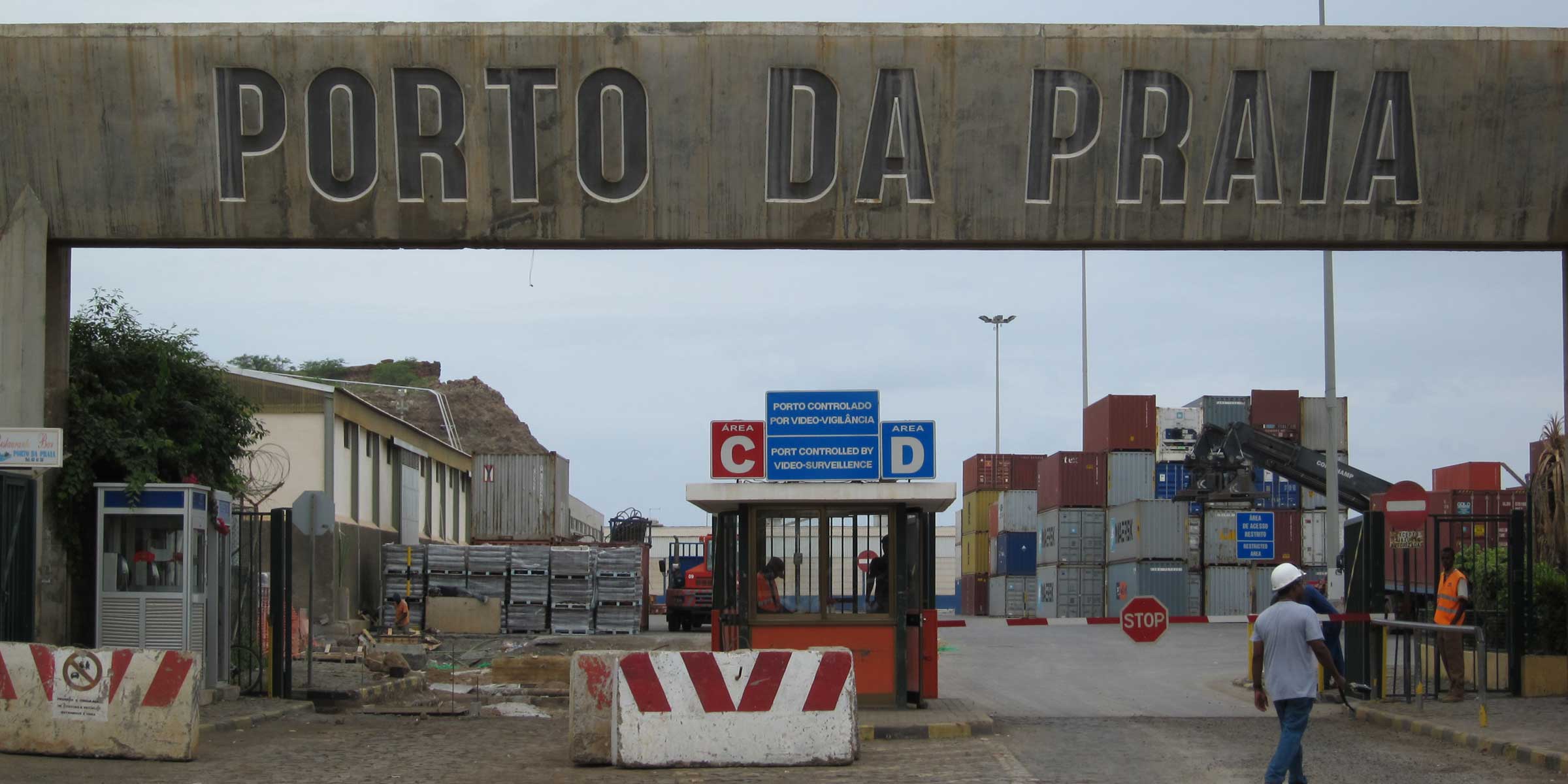Program Overview
MCC’s $108.5 million Cabo Verde Compact (2005-2010) funded the $54.8 million Port of Praia Activity. The activity increased the capacity and modernized the port in order to improve its operational efficiency and cargo delivery timeliness. These improvements aimed to enable better delivery of social services, increase employment, and provide better access to local markets, ultimately stimulating economic growth and reducing poverty.
Key Findings
Operational Efficiency
- The evaluation found improved operational efficiency, as measured by ship and crane productivity, across ENAPOR (the nationwide Port Authority).
- There was no evidence that infrastructure improvements contributed to improved productivity and operational efficiency at the port of Praia.
- The Port of Praia’s connectivity increased since 2005, although it has yet to reach levels of connectivity similar to other ports in West Africa. While traffic has increased, volumes remain low when compared to other regional ports.
Costs for Port Users
- Overall, importers’ fees, shippers’ costs, and average container handling charges were reduced.
- Most cost savings, though, went to main shipping lines and failed to pass through the system to the port users and shippers.
Port Competitiveness
- The port became more competitive than before in terms of capacity, equipment, efficiency, services, and costs, compared to pre-investment levels.
- Port connectivity and cargo loading tariffs increased compared to the baseline levels.
- However, Porto Grande (on the island of Saõ Vicente) is still more competitive in terms of inter-island cabotage trade. Porto Grande is the closest comparison to the Port of Praia on the archipelago in terms of capacity and types of transactions.
Internal Markets and International Trade
- The role of Praia as the heart of the nation’s economy and the main redistribution center for the rest of the country was strengthened.
- The import-export gap slightly improved. However, those changes may not be attributed to the intervention.
- There was a fluctuation in the volume of export goods and limited changes in the volume of import goods. Ultimately, there was no evidence of impact from the intervention on trade volumes through the Port of Praia.
Evaluation Questions
This final performance evaluation was designed to answer the following questions about whether the project showed:
- 1
An improvement in the port’s operational efficiency? - 2
Any relative change in the cost of doing business to port users? - 3
Any competitiveness change vis-à-vis other ports since 2005? - 4
Any change in trade volumes? - 5
Any success in achieving integration and internal market development?
Detailed Findings
Operational Efficiency

Construction and modernization of port of entrance checkpoint.
Dwell time (i.e. how long a container stays at the port) decreased. Productivity and level of service – quality of service to cargo and ship owners – data provide evidence that ENAPOR improved its performance prior to the activity and throughout its implementation. It is unlikely that infrastructure improvements contributed to improved operational efficiency or that physical expansion was required. Berth occupancy rate (the percent ratio of time that the berth is occupied relative to the total time available) was extremely low by industry standards, suggesting that these berths were underutilized prior to the intervention and continued to be so through the project’s completion.
Costs for Port Users

Average fees to importers
Fees charged to importers were reduced at the port. From 2006 to 2014, average fees to importers decreased from $1,234 to $1,205. Costs to exporters were even more greatly reduced as compared to other regional ports. From 2006 to 2014, average costs for Praia went from $1,229 to $991, compared to Abidjan ($3,085 to $2,637), Cotonou ($1,647 to $1,531), Tema ($5,030 to $1,610), and Lomé ($1,273 to $1,242). While shipping lines benefited from improved facilities, their cost savings were not passed through the system to port users and shippers due to the industry’s pricing practices.

Average costs for regional ports
Port Competitiveness

Port of Praia can now receive and process larger ships.
The port became more competitive in terms of capacity, equipment, operations, level of service, and costs. Larger ships are now able to call on the Port of Praia. Connectivity (as measured by the Liner Connectivity Index) increased since 2005, although it has yet to reach the levels of connectivity of other ports in West Africa. Tariffs for loading and unloading cargo increased, though volumes remain low compared to other regional ports. The Port of Praia also lost market share to Porto Grande for inter-island cabotage trade.
Internal Markets and International Trade
The import-export gap closed slightly during the evaluation years, but not at a level significant enough to be attributed to MCC’s investment. Export volumes from Cabo Verde fluctuated, but increased slightly overall. Import volumes to the country and to the Port of Praia showed very little change. Increased international passenger transit movements, beginning in 2010 through 2014, suggest increased tourism. Praia did become the primary center for the redistribution of products within the island economy simply because of the concentration of population there.
MCC Learning
Finalize full pre-feasibility and feasibility studies before initiating the design and intervention of large infrastructure asset investments. It is essential that interventions and designs are based on a comprehensive understanding of the institutional and economic context in which these assets are operated.
A better understanding of port operations and shippers’ needs could have significantly increased both the port’s operating capacity and shippers’ use of the port with minimal physical infrastructure investments.
Opportunities to press for critical improvements in port management and staffing were wholly missed – leaving port operations as they had been, largely non-responsive to shippers’ and consignees’ needs.
Evaluation Methods

Port of Praia entrance - inbound & outbound road renovation & extension.
This ex-post performance evaluation primarily used administrative data from the Port of Praia, ENAPOR (Empresa Nacional de Administração dos Portos, Portuguese for “National Company for Port Administration”), and customs services.
Official documents on transactions within the port and financial statements across multiple years were the main data sources. Additional focus group discussions with former and then-current program participants and key informant interviews with former and then-current Port of Praia officials contributed to data used for the evaluation.
Exposure period: Due to the untimely procurement of the evaluator (long after the compact closed), the exposure period became difficult to determine. It is estimated to be around 90 months.
2020-002-2483


